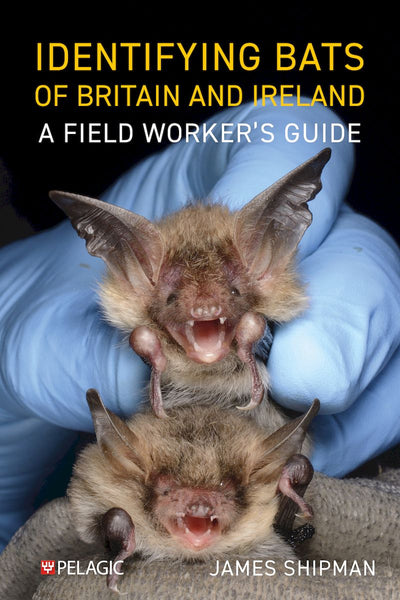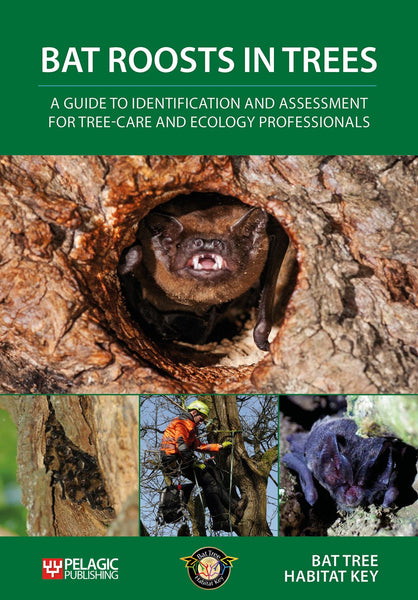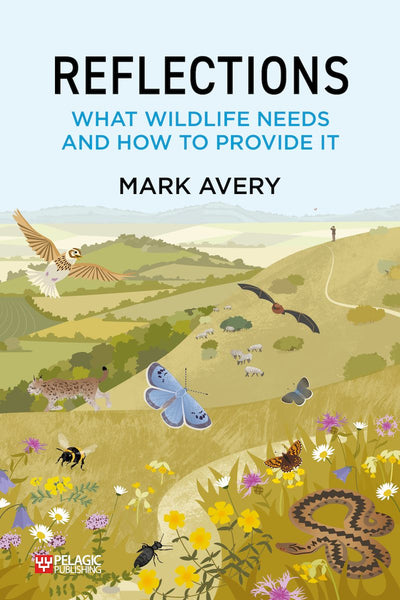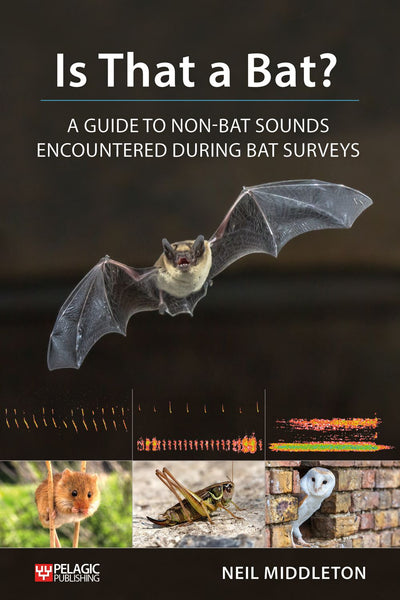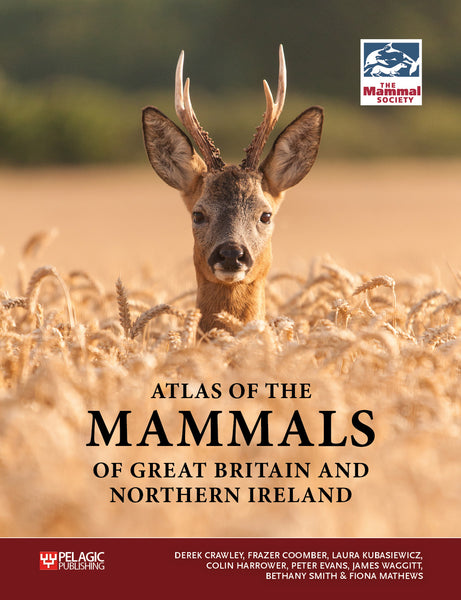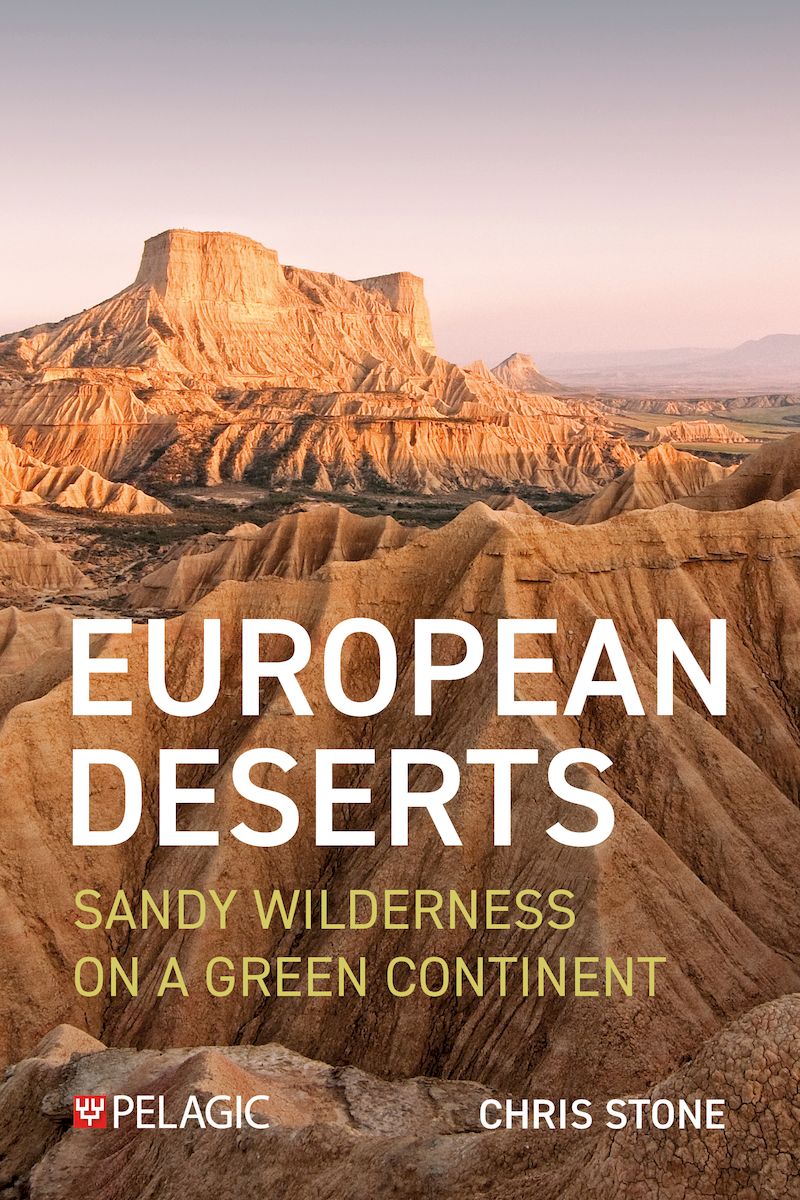
European Deserts
Sandy Wilderness on a Green Continent
- Bold, original and provocative, this is the first book to identify and investigate the phenomenon of deserts in Europe.
- Firmly grounded in the scientific literature, this interdisciplinary work offers a fresh conceptualisation of these neglected habitats.
- Focuses upon Europe’s little-known outback regions, whose survival is threatened despite their distinctive biodiversity, landscapes and fascinating human tales.
- arid land
- badlands
- biodiversity
- Coming Soon
- conservation
- desert
- ecosystem rewilding
- heathland
- nature recovery
- wilderness
Description
This is the untold story of the hidden deserts of Europe. Scattered across the lowlands of this green subcontinent, these sandy and infertile wildernesses are ‘cold deserts’. In existence for millennia and formerly much more extensive, they present arid landscapes profoundly different from their surroundings and offer refuge for scarce flora and fauna with nowhere else to go. Fascinating and often magical, such places provide a rare glimpse of our planet in the raw, where extreme environmental conditions are the norm.
Few recognise or value Europe’s deserts as the precious and threatened relict ecosystems that they are. Unknown, uninhabited and seldom regarded as places of beauty, our knowledge of their origins and the roles that these ‘wastelands’ once played in economies and societies is remarkably scant. Frequently poverty-stricken regions, many had reputations as undesirable and even dangerous places. Despite this, they have held a particular place in the human imagination, inspiring artists, writers and poets, including Shakespeare. Nonetheless, vast expanses of these unique habitats have been ‘reclaimed’ for farming, forestry and urban development.
Chapters explore remote tracts in Spain, France, the Netherlands, Britain, Romania, Germany, Poland and Iceland. Such heathlands and badlands are islands of biodiversity on a highly developed subcontinent, where specialised wildlife including the Great Bustard and Stone-curlew, the Adder and Large Blue butterfly, Juniper and Grey Hair-grass all flourish. Accessible, provocative and richly illustrated, this groundbreaking book will transform ideas about these landscapes. An essential volume for anyone interested in nature recovery and rewilding.
DOI: 10.53061/SECA1952
Reviews
- A fine, innovative and superbly written and illustrated book on the arid environments of Europe’s continent and islands. An important reminder, too, of the rich natural and cultural abundance of these places and the threats they face from climate change and modern economic activity.
—Jules Pretty, Emeritus Professor of Environment & Society, University of Essex - European Deserts addresses a largely overlooked and forgotten aspect of European and British ecology and environmental history. Written with passion and authority this richly illustrated volume presents a journey through the forgotten deserts of a continent and, importantly, the histories of past communities that forged a living in unhospitable terrain. This must-read book closes with visions of the future, of habitat conservation, and climate change impacts. The volume is both fascinating and important.
—Professor Ian D. Rotherham, Advanced Wellbeing Research Centre, Sheffield Hallam University
About the Author
Chris Stone graduated from one of the UK’s pioneering environment degree programmes, launching a career dedicated to nature conservation and sustainability. He began by planning wildlife conservation on the heathlands of Suffolk, later taking a role as managing consultant with a company focused on environmental planning and tourism. Over the next three decades, he taught and researched sustainability at UK universities. With European Deserts, Chris reconnects with his enduring passion for protecting the natural world – an urgent mission amid today’s accelerating biodiversity crisis.Bibliographic Information
 256 pages
256 pages - 108 colour images, 6 b&w images, 4 maps
- BISAC NAT045010, NAT011000, SCI020000
- BIC RGBA, RNKH, RNC

















